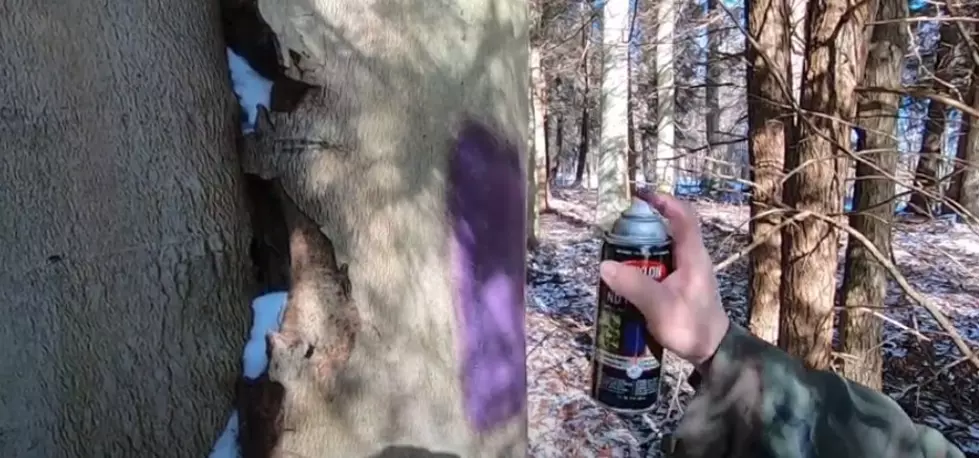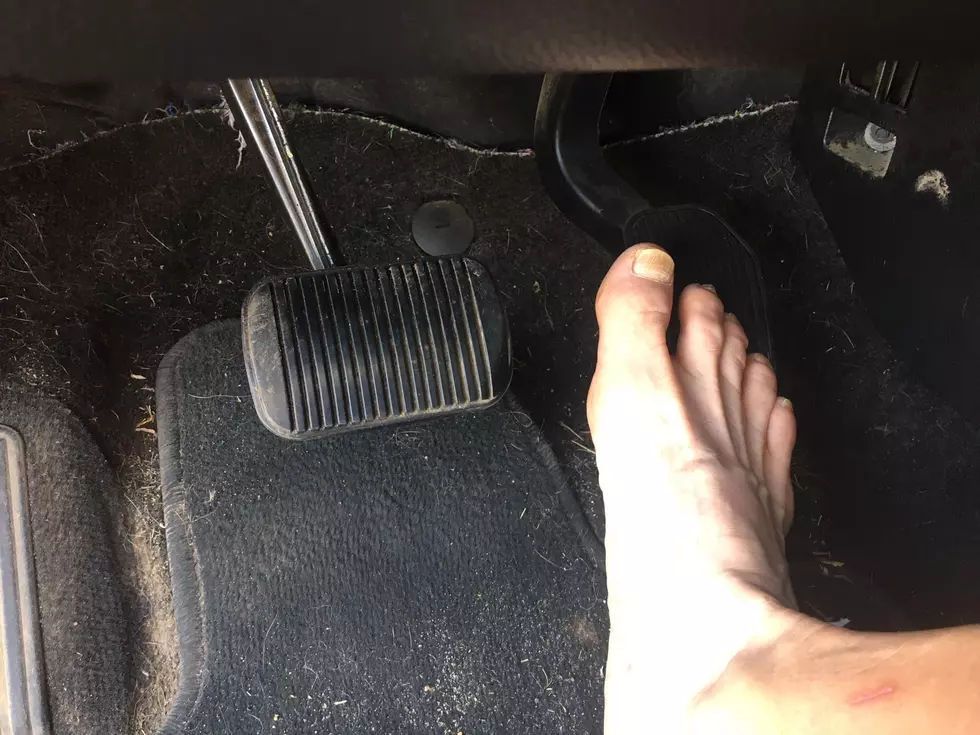
If You See Purple Paint In The Woods, You Should Leave
It won't be long and camping season will be in full swing. You'll be hiking, fishing and getting away from civilization for awhile. One thing you should be aware of, some states have a "Purple Paint Law".
What is a "Purple Paint Law"? I had no idea myself, nor have I ever run into purple paint in woods here in North Dakota (I use that term loosely here on the prairie). However, I do a lot of fishing and hunting outside of our state. Minnesota, Manitoba, South Dakota, Montana, Nebraska, Wisconsin, etc. Even with all those excursions to outside areas, I've never run into "purple paint" in the woods.
Purple paint in the woods is a law that some states have, that means you are trespassing. Yep, you see purple, you should turn around or you could be prosecuted to full extent of the law. Currently, the following states have a "Purple Paint Law", according to Farm and Dairy, Louisiana, Texas, Kansas, Illinois, Missouri, Indiana and North Carolina. Florida, Idaho and Montana. Other states are considering bills with purple paint laws in the legislature. We DO NOT have this law in North Dakota.
This basically gives landowners another way to post their land from unwanted trespassers. You could still post your land the old fashion way with a sign, but this gives landowners another option. It's cheaper to do, see video below, and as you know, signs have a tendency blow away or get destroyed by the elements or even slob hunters. I can't help but wonder how long purple paint would hold up to be honest. I know I've accidently sprayed permanent paint on my driveway, and that goes away after awhile.
Our next door neighbors Montana have this law, however they use florescent "Orange" spray paint.
It looks like North Dakota will be going to electronic posting in the very near future, so you'll need an app, not spray paint. To be honest, that law seems kind of archaic.
LOOK: The most expensive weather and climate disasters in recent decades
More From Hot 975









